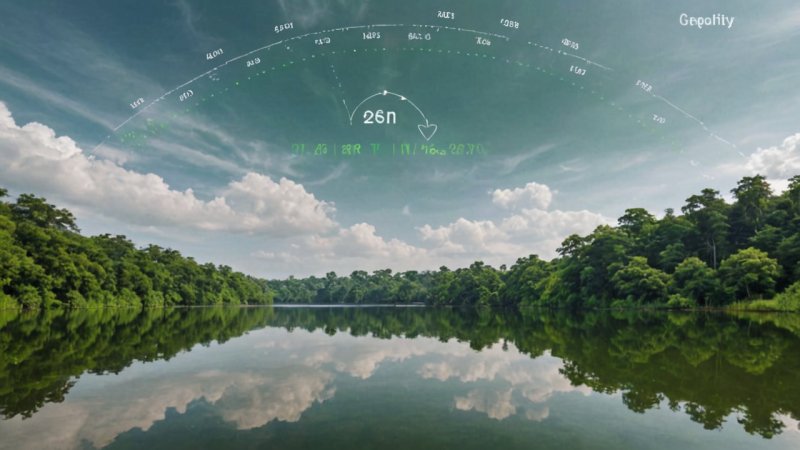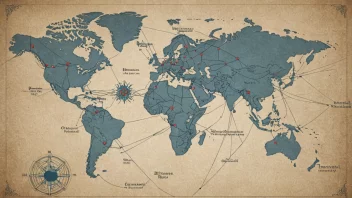Introduction
Climate change is one of the most pressing issues of our time, and its effects on freshwater resources are profound and far-reaching. In this article, you will learn how to assess the impact of climate change on freshwater resources through a step-by-step guide. By the end, you'll have a clearer understanding of the methodologies and tools available for evaluating these critical changes in our environment.
Step 1: Understand the Basics of Freshwater Resources
Before diving into assessment methods, it’s essential to grasp what freshwater resources are and their significance. Freshwater resources include rivers, lakes, groundwater, and wetlands. These resources are vital for drinking water, agriculture, industry, and ecosystem health.
Key Points to Consider:
- Freshwater makes up only about 2.5% of the Earth's total water supply.
- It is unevenly distributed across the globe, with some regions facing scarcity.
- Climate change can alter precipitation patterns, evaporation rates, and water availability.
Step 2: Identify the Indicators of Climate Change
To assess the impact of climate change on freshwater resources, you need to identify relevant indicators. These indicators can help you track changes over time and understand their implications.
Common Indicators Include:
- Temperature Changes: Rising temperatures can affect evaporation rates and water temperature.
- Precipitation Patterns: Changes in rainfall can lead to droughts or flooding.
- Glacial Melt: Melting glaciers contribute to river flows, especially in regions dependent on glacial runoff.
- Water Quality: Increased temperatures and altered precipitation can affect water quality due to runoff and sedimentation.
Step 3: Utilize Data Sources
Gathering data is crucial for any assessment. Various sources provide valuable information on climate trends and freshwater resources.
Recommended Data Sources:
- Intergovernmental Panel on Climate Change (IPCC): Offers comprehensive reports on climate science.
- National Oceanic and Atmospheric Administration (NOAA): Provides climate data and analysis.
- World Resources Institute (WRI): Focuses on freshwater resources and sustainability.
- UN-Water: Offers insights on global water resources and management.
Step 4: Conduct Field Studies
Field studies are essential for collecting localized data on freshwater resources. These studies can help you understand how climate change impacts specific areas.
Field Study Techniques:
- Water Sampling: Collect water samples to analyze quality and composition.
- Flow Measurement: Measure the flow rate of rivers or streams to assess changes over time.
- Vegetation Surveys: Examine plant life around freshwater sources to gauge ecosystem health.
Step 5: Analyze the Data
Once you have collected data, it’s time to analyze it. This analysis will help you draw conclusions about the impact of climate change on freshwater resources.
Analysis Techniques:
- Statistical Analysis: Use statistical tools to identify trends and correlations.
- Geospatial Analysis: Utilize GIS (Geographic Information Systems) to visualize data spatially.
- Modeling: Create models to predict future changes and impacts based on current data.
Step 6: Report Your Findings
Finally, it's important to communicate your findings effectively. Reporting can help raise awareness and inform policy decisions regarding freshwater resources.
Tips for Reporting:
- Be Clear and Concise: Use simple language to explain complex concepts.
- Use Visuals: Incorporate graphs, charts, and maps to illustrate your data.
- Engage Your Audience: Tailor your message for different audiences, from policymakers to the general public.
Conclusion
Assessing the impact of climate change on freshwater resources is a crucial endeavor that requires a systematic approach. By following these steps—understanding freshwater basics, identifying indicators, utilizing data sources, conducting field studies, analyzing data, and reporting findings—you can contribute to the ongoing dialogue around climate change and water sustainability. Remember, the health of our freshwater resources is essential for both human and ecological well-being.






